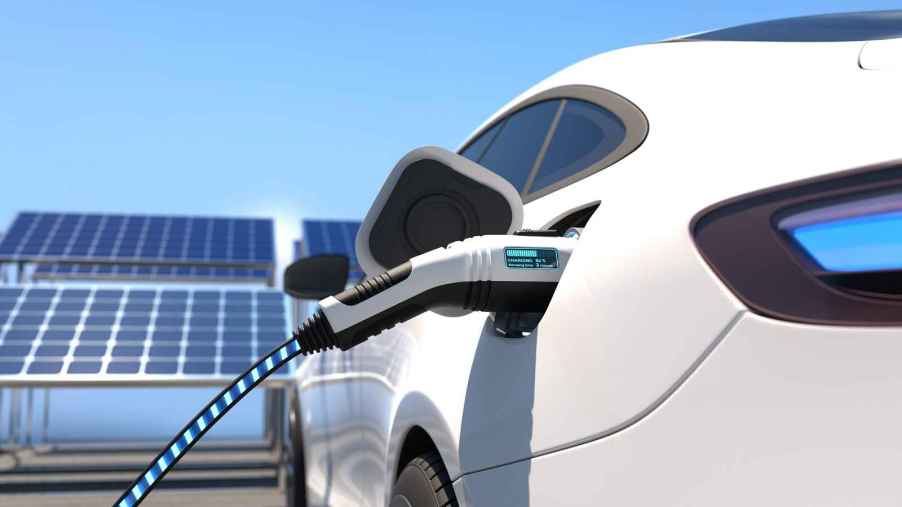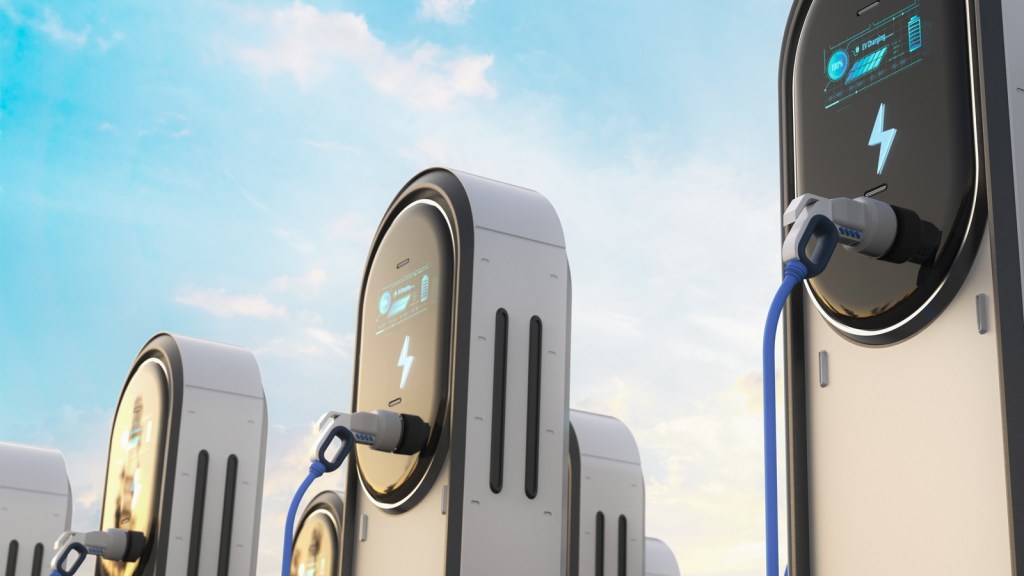
Most PHEVs Don’t Deserve a Tax Refund
I love plug-in hybrid electric vehicles…in theory. I’ve even argued that a requirement that all vehicles have 30 miles of electric range, next year, would do more for the environment than a ban on combustion engines in ten years. But in practice, many PHEVs on the road today aren’t as environmentally friendly as they could be. I’d argue that many shouldn’t qualify for tax incentives.
Here’s the scoop: Some PHEVs have a powerful electric motor and large battery pack. These vehicles are truly capable of completing 30 or even 40 mile commutes without burning any gasoline. Their gasoline motors are a sort of range extender for roadtrips. These cars should absolutely qualify for a tax incentive for emissions reasons: most American drivers travel 30 miles a day or less.
Other PHEVS have a smaller battery pack and/or a smaller electric motor. They may be able to launch from a standstill with their electric motor, but if you floor the accelerator the gasoline motor starts up. Above a certain speed, the gasoline motor starts up. That may not sound bad, but the truth is that most of your engine’s emissions are released at start up. Having a gasoline engine that’s constantly starting and stopping is not much better in emissions than having a gasoline engine idling along all the time.

This second category of PHEVs is essentially a hybrid vehicle with some added battery capacity. And with this extra battery pack comes extra weight.
If it was up to me, any PHEV that kicks on its gasoline engine when your accelerator pedal is all the way down wouldn’t qualify for any federal tax incentives. We should save that money for cars that pollute less.
Next, learn more about why PHEVS are a good alternative to the combustion ban, or see more upsides and downsides of PHEVs in the video below:



